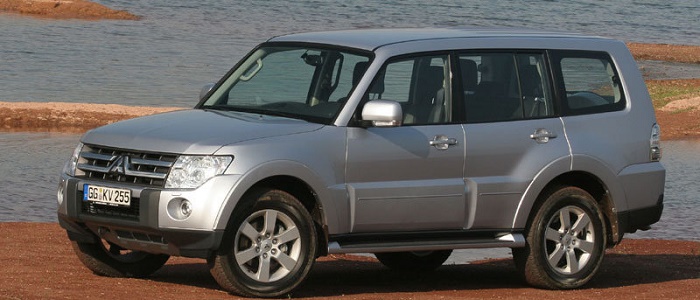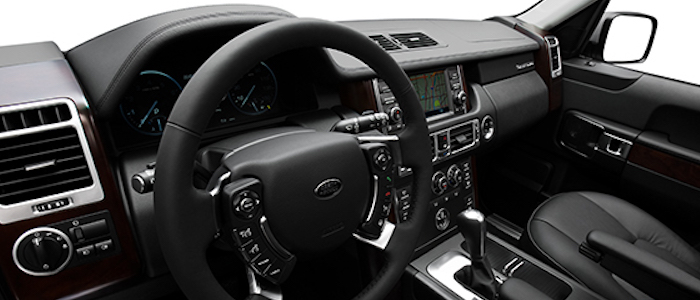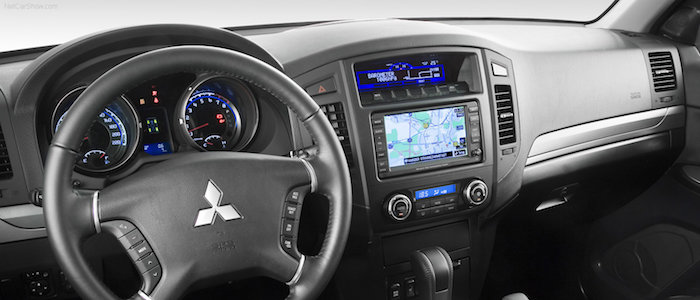Compare two cars
Compare any two cars and get our Virtual Adviser™ opinion
Dimensons & Outlines
Engine
5.0 AJ133 LP
Performance (manual gearbox)
Performance (automatic gearbox)
Expenses
Virtual Adviser's™ opinion
Well, these are two pretty similar cars we have here! It's only details that could potentially make the difference. Considering they both belong to the suv segment and utilize the same 5-door suv body style and the 4 x 4 wheel drive system, it all comes up to the specific petrol engine choice they offer. The first one has a Jaguar-engineered powertrain under the hood, a 8-cylinder, 32-valves 510hp unit, while the other one gets its power and torque from a 6-cylinder, 24-valves 250hp engine designed by Mitsubishi.
SafetyThe fact that the Land Rover got tested by the European New Car Assessment Programme (Euro NCAP), while the other contender didn't, offers a slight advantage, as the 4-star rating is better than none. Moving further on, let's take a closer look at some additional safety-related facts. Both vehicles belong to the suv segment, which is generally a very good thing safety-wise, still it doesn't help us solve our dilemma, does it? Furthermore, taking kerb weight as an important factor into account, the British car offers a considerable difference of 18% more metal.
ReliabilityReliability is not the best thing to consider on the make level, but it is worth mentioning that Mitsubishi as a brand displays somewhat better results, all the models observed together. These are the results of an independent reasearch, while our visitors describe reliability of Land Rover with an average rating of 3.8, and models under the Mitsubishi badge with 4.6 out of 5. The same official information place Range Rover as average reliability-wise, and Pajero is more or less at the same level.We should definitely mention that owners of cars with the same powertrain as the British car rank it on average as 2.8, while the one under the competitor's bonnet gets 5.0 out of 5.
Performance & Fuel economyLand Rover is way more agile, reaching 100km/h in 4.6 seconds less than its competitor. In addition to that it accelerates all the way to 225 kilometers per hour, 25km/h more than the other car. When it comes to fuel economy the winner has to be the Japanese car, averaging around 13.5 liters of fuel per 100 kilometers (21 mpg), in combined cycle. We can't ignore that 10% difference compared to the British car.
Verdict
Mitsubishi is apparently more reliable, not too much, but just enough. The most important thing when deciding between any two vehicles should always be safety, both passive and active. In my opinion, everything taken into account, the British car beats the other contender by far, making it the best choice without even considering other things. It all continues in the same direction, with Land Rover outracing its opponent in any situation possible, making it better choice for boy racers. It does come at a cost though, and that's the fuel consumption... It's not difficult to say then that if I'd need to make a choice, it would definitely be the Land Rover. In any case that's my personal view, built upon all the data available to me. What should decide here though is the way you feel about the two vehicles, and I hope you'll find my guidelines useful in the process. I suggest you spend two more minutes in order to find out which car, based on your needs and budget, would be picked by the virtual adviser™, among more than 12.000 different ones in our database.


































